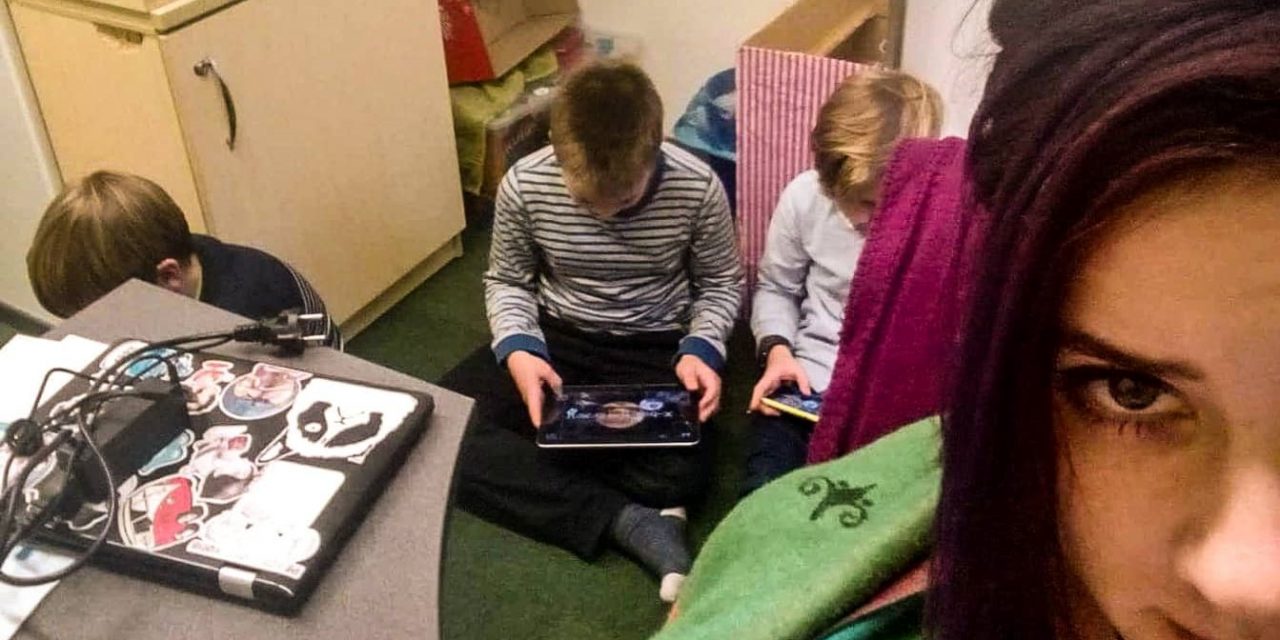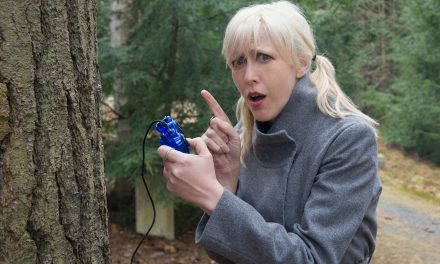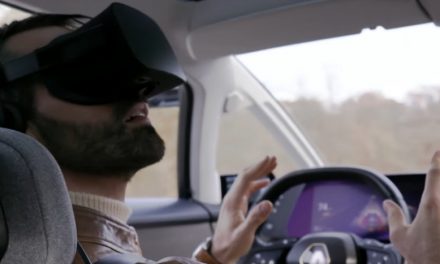Estonia is one of the world’s most developed digital societies. Just in a time period of 20 years the small Baltic country managed to create an efficient and secure digital environment that extends in almost every aspect of everyday life. From paying taxes and voting to applying for a digital ID or making an appointment with a doctor, E-Estonia has your back. The long-term goal of the Estonian governments is to eventually create a “Zero-Bureaucracy” state, as the Ministry of Economic Affairs and Communications likes to refer to it. In the same time entrepreneurs are making breakthrough in the field of video games, software development, robotics and others.
But how does such technological improvement affects youth work and young people in Estonia? We asked Kristel Lina, a youth worker in Tallinn who works with young people of 7 to 12 year old and here is what she had to say:
What are the basic games that a typical Estonian youth center has available for the young people?
We have an XBOX that goes along with a Kinnect device. We also have some tablets in which young people are really interested in. They will be constantly playing with them. It’s not always easy to pay close attention to what they are doing with them and that’s one of my biggest problems so far. They really like to download very violent games or scary ones such as “Granny” which is currently very popular amongst the young people of Estonia. We are constantly trying to put some restriction on the app stores and the tablets we provide but this not always enough. I work with people as young as 7 years old and it is my responsibility to keep them away from inappropriate or even traumatic content.
Have you come up with any other ways to deal with this particular problem?
For the past few months I have been trying to implement an off-screen time policy. Every day there are two hours when I will not allow any kind of screen to be used by the young people. That means that they cannot play with their smartphones, tablets or the XBOX. At first it was quite hard to apply such a practice and we even had some young people who left the youth club just because of it. After some adaptation time came by, I can say that the kids are enjoying it and many of them are even waiting for the off-screen time to begin. During this time they are playing board games and other kind of physical games or doing handcrafts. We are hoping to make this a permanent rule although some youth workers find trouble implementing it.
How do you use technology when you are working with young people?
We are trying to use applications that young people will find entertaining but in the same time have an educational value. One of those apps is Kahoot, a quiz game in which the players can connect with their smartphones in a multiplayer environment and I or any other youth worker can set the questions for them. They really seem to enjoy it and it’s a great way for them to learn new things. We are also using another Estonian app called “Orienteerumine”. It’s an app that helps young people work on their orientation and it also makes them go out and even exercise a bit. It is basically a treasure hunt game in which they will connect to the game with their username and password while I will give the clues and the instructions that will show up in a map on their screens.
Moreover, we are trying to take advantage of the universities of Tallinn by arranging day trips to them. We are taking the young people to the robotics department where they can learn about robotics and even built their own robot. Finally we use a registration system which is part of the Open Youth Clubs project of Estonia. When young people come they will put their name in and some other information that are instantly accessible by every other youth center in Estonia. This means that a young person could even move to another city and she would still be able to join her new youth club just by putting her name and password in the authentication section. It is still under development but already very handy and we have high hopes for it. We can keep track of the ages of young people, the time they spend in the youth centers and other information that were previously not so easily accessible or required some kind of paperwork.
We have thought of using virtual reality tech for the young people but we hesitate to go for it as we are not sure that young people would ever stop using it.
Find more about Orienteerumine HERE
Find more about Kahoot HERE
Author: Akilas A. Mitkas





